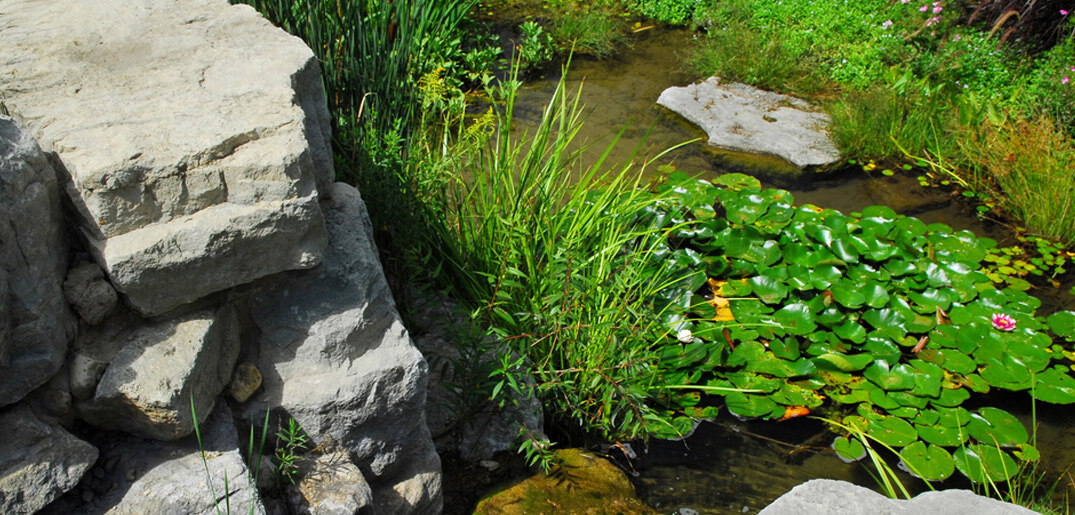Ponds and plants go hand in hand, whether they are manmade or natural. However, you will often hear pond experts talk about aquatic plants, and the benefits they provide. Below is a detailed description of these plants, why they are important, and why you should consider adding them to your pond.
What Makes Aquatic Plants Distinct?
Unlike other forms of vegetation, aquatic plants absorb additional nutrients which are present in water while shading the surface of the pond. This prevents attacks by algae while shielding fish from predators such as cats, birds and raccoons. They include floating plants such as Frogbit or Hyacinth, as well as plants which are submerged.
Benefits Of Placing These Plants Into Your Pond
The first benefit that you’ll gain is aeration and superior water quality. The reason for this is because these plants function like a filter. They will eradicate excess nutrients within the pond, while also producing oxygen due to photosynthesis. If the pond develops problems with either murky water or algae growth, more plants can be added to ensure it is cleaned.
Aquatic vegetation also provides protection against sunlight; they are the ultimate sunblock. Many people don’t realize that fish are capable of sustaining sunburn just like humans. And since fish don’t have the option of using sunscreen, they need another method of protection, which is the shade that is provided by plants such as water lettuce or lilies. These plants will keep the fish nice and cool on the hottest summer days. Koi are also vulnerable to multiple predators, but if aquatic vegetation is present they will have a place to hide.
Perhaps the most important benefit you’ll gain from using aquatic vegetation is its ability to combat algae. Algae are a major issue that every pond owner will run into at some point. Organic material and waste from fish function similar to fertilizer for many plants, and when exposed to sunlight will start to bloom. Since aquatic species use nutrients, this reduces what is available for algae, halting their growth. Ideally, aquatic vegetation should cover a maximum of sixty percent of the surface area of the pond, especially if the pond receives lots of sunlight daily.
The Most Popular Aquatic Species
Bog plants are popular among many pond owners since they can be installed along the pond’s perimeter, or in areas which are shallow. They come in many varieties, sizes, shapes and colors, and as such will attract the attention of everyone. Since these plants are perennial they will be seen annually depending on the zone in which you live.
Another popular plant is water lotus. They are large, with certain varieties often extending well above the water. They have big leaves and blooms which will shield the pond from sunlight but can take as long as twenty four months to firmly establish themselves. Submerged plants are also sought after since they are the best oxygenators, and will absorb additional nutrients without requiring fertilization.


 Blog
Blog



